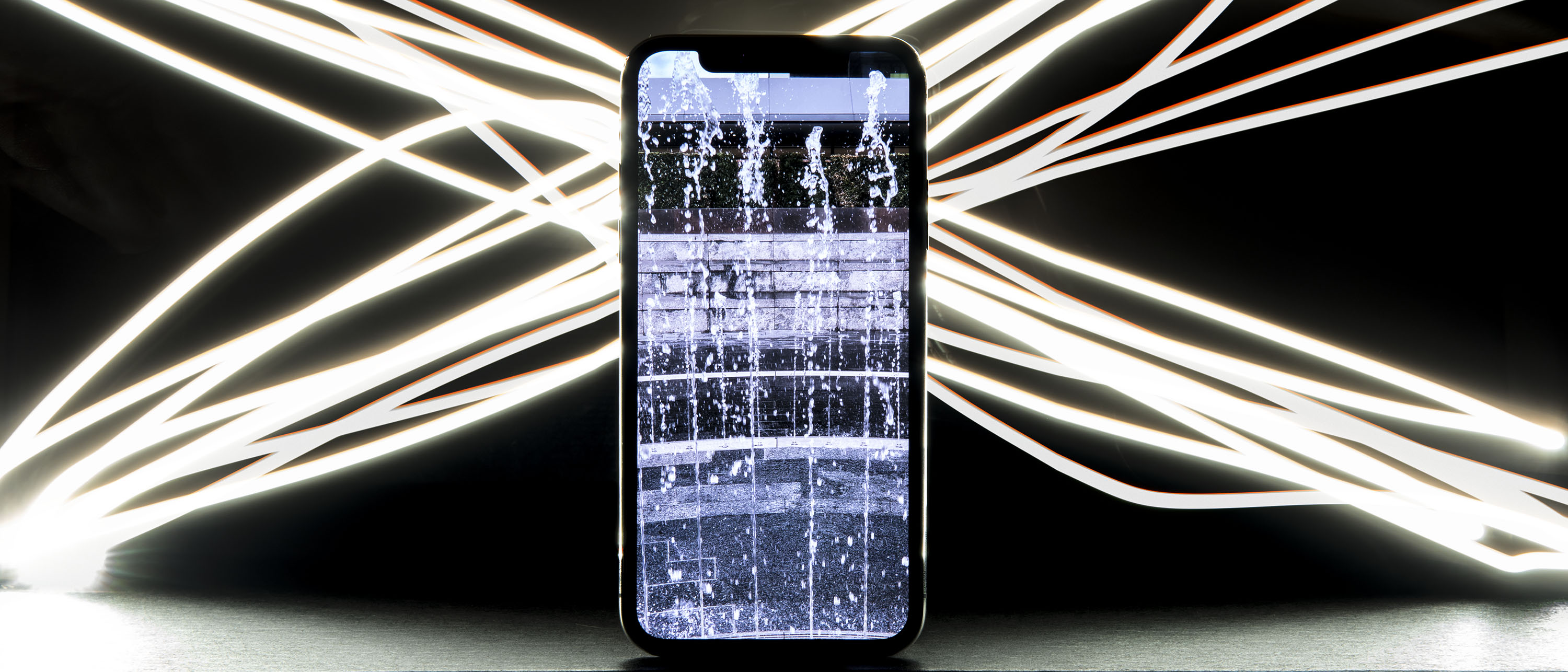Why you can trust TechRadar
- Great cameras front and back
- Better in low light than before
- Not quite the best in class, but very close
Watch our review video outlining the camera on the iPhone X below.
The camera on the iPhone X is very similar to the one on the iPhone 8 Plus, with some small differences.
For instance, while both have a dual 12MP sensor array (for taking zoomed-in pictures, or capturing depth perception in a scene) the iPhone X has an f/2.4 aperture, where on iPhone 8 Plus it’s f/2.8, and only the wide-angle lens has optical image stabilization.
It was also dubbed the best camera on the market by DxOMark, although only for still images, showing the technical prowess of the sensor (though it has since been surpassed by numerous phones, with the the Huawei P20 Pro, Huawei Mate 20 Pro and Samsung Galaxy S10 Plus now sitting at the top).
Before we get too far into the performance of the rear camera, let's talk about the front-facing TrueDepth camera, which is a 7MP affair but with some smart capabilities to make the iPhone one of the best selfie-taking cameras on the market.
The camera, as the name suggests, can sense depth incredibly well, so the new Portrait mode – debuted on the iPhone 8 Plus – can be used with the front-facing camera to take excellent selfies.
Not only will this blur the background, you can also use the Portrait options to change the lighting of the scene, or cut yourself out of the picture altogether and place yourself on a black background.
The lighting alterations, adding things like contoured lighting to your visage, don't really add a huge amount, and some of the 'stage lighting' pictures that cut you out of the image don't always trace the edges of your head and body perfectly.
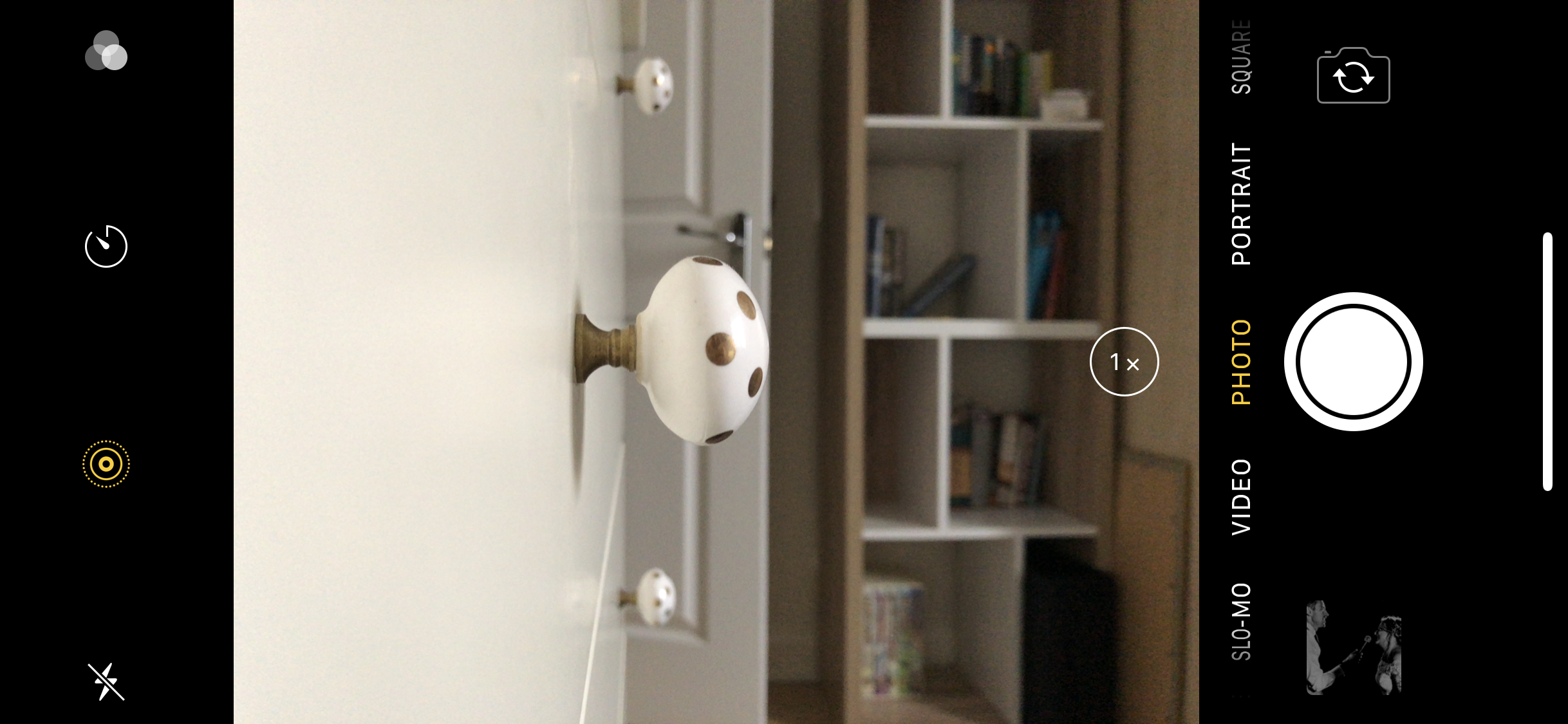
But when it does work, the iPhone X's camera is out of this world – it delivers stunning shots that are rich with detail, and while it's not the best smartphone camera on the market it takes natural-looking photos very well, and that's something a lot of people will celebrate.
Those pictures look far better on the X’s OLED display too, thanks to the improved contrast ratios and better colors, although sharing the same pictures to an Apple TV shows they’re a little brighter than on the phone screen.
While the iPhone X is a long way from being the first handset from Apple to use Live Photos, this feature is improved in iOS 11 – being able to loop, bounce or long-expose photos is a fun little extra that you can share with friends well.
The overall speed of snapping and quality of the iPhone X camera is strong, as you’d expect from a flagship handset from Apple with the new A11 Bionic chip inside.
Low-light performance is a touch better than from previous iPhones – although it’s curious the way the iPhone 8 Plus and X have different apertures, yet deliver the same kind of zoomed-in low-light performance.
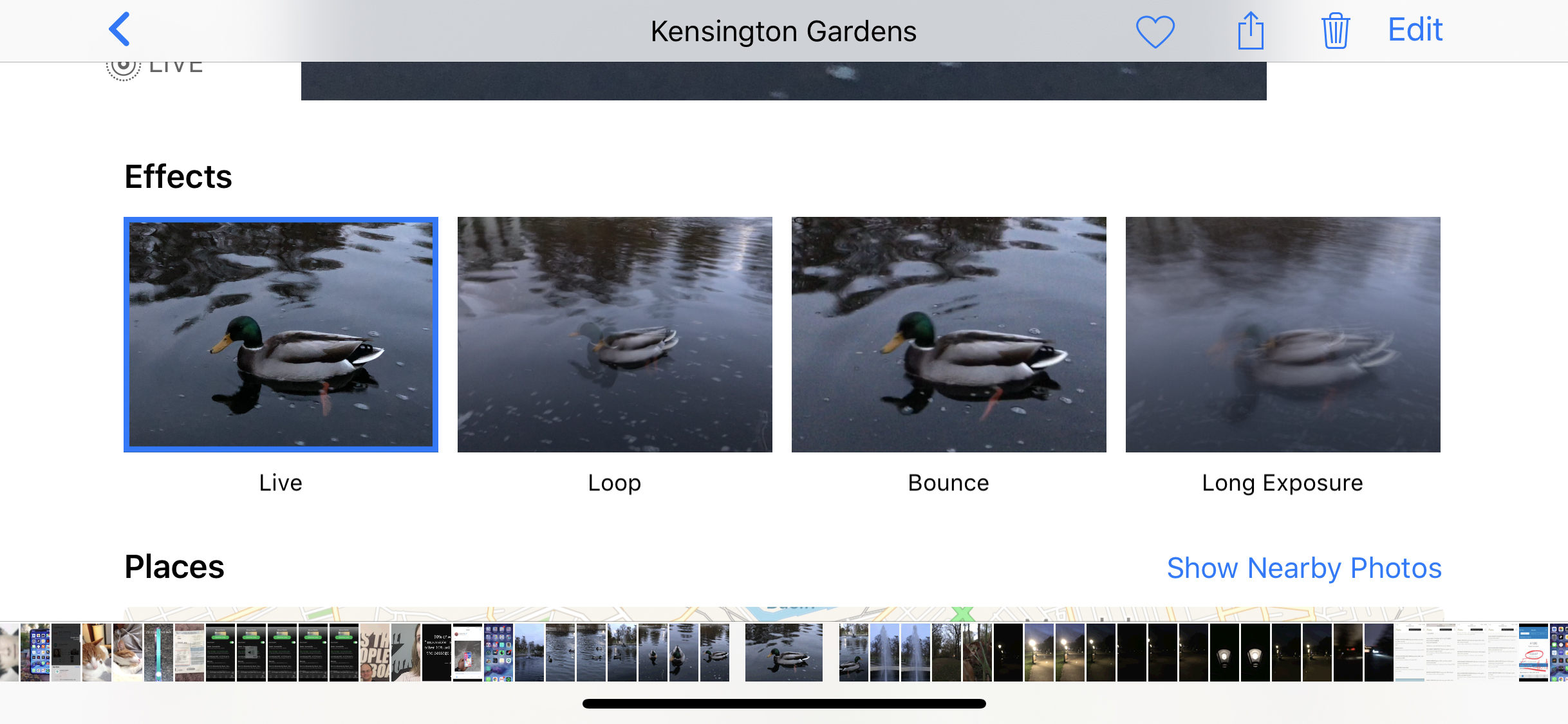
In real terms, the f/2.4 aperture and optical image stabilization on the zoom lens should mean better low-light photos, but when you’re zoomed in sometimes you’re not actually using the optical lens (which is designed for the task) in favor of the more dark-adept 'main' lens.
This is a good thing. Instead of using the zoomed-in sensor for low-light pictures, the iPhone X uses the wide-angle lens (which has better low light capabilities) and uses digital zoom to get the best looking snaps.
It's hard to say why Apple has bothered to improve the other sensor if this is what it's going to do, but the main thing is picture quality and that's coming through well.
Some of the shots from the iPhone X are astonishing – the performance in lower light conditions, when the light is fading, is really strong, although the slower shutter speeds do lead to a touch more noise and blur.
The camera could do with booting a touch faster from the lock screen (although you can now 3D Touch - push hard - on the photography icon to load the camera, rather than swiping), but generally it’s hard to fault the natural, clear and crisp photos you’ll get from the iPhone.
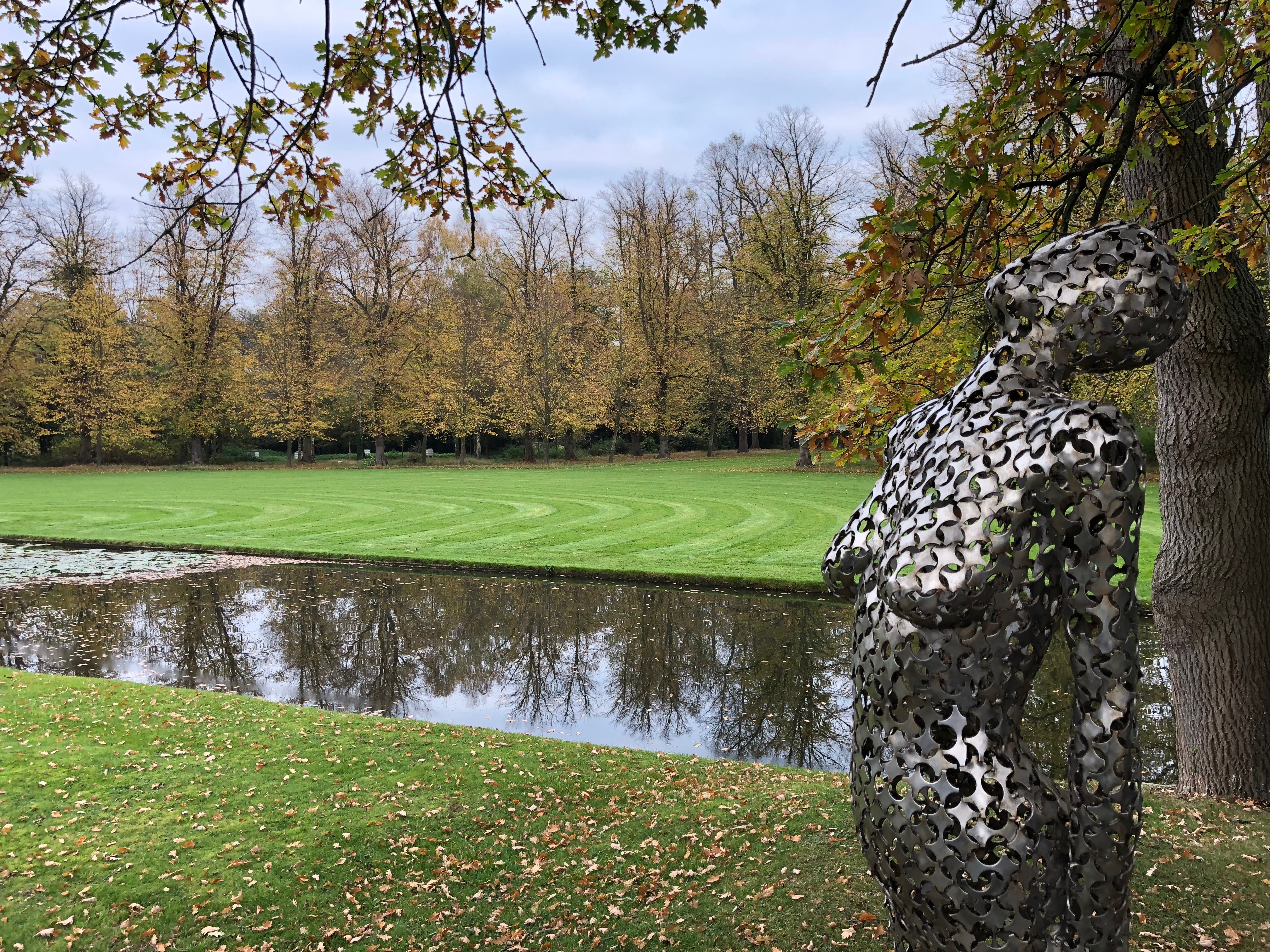
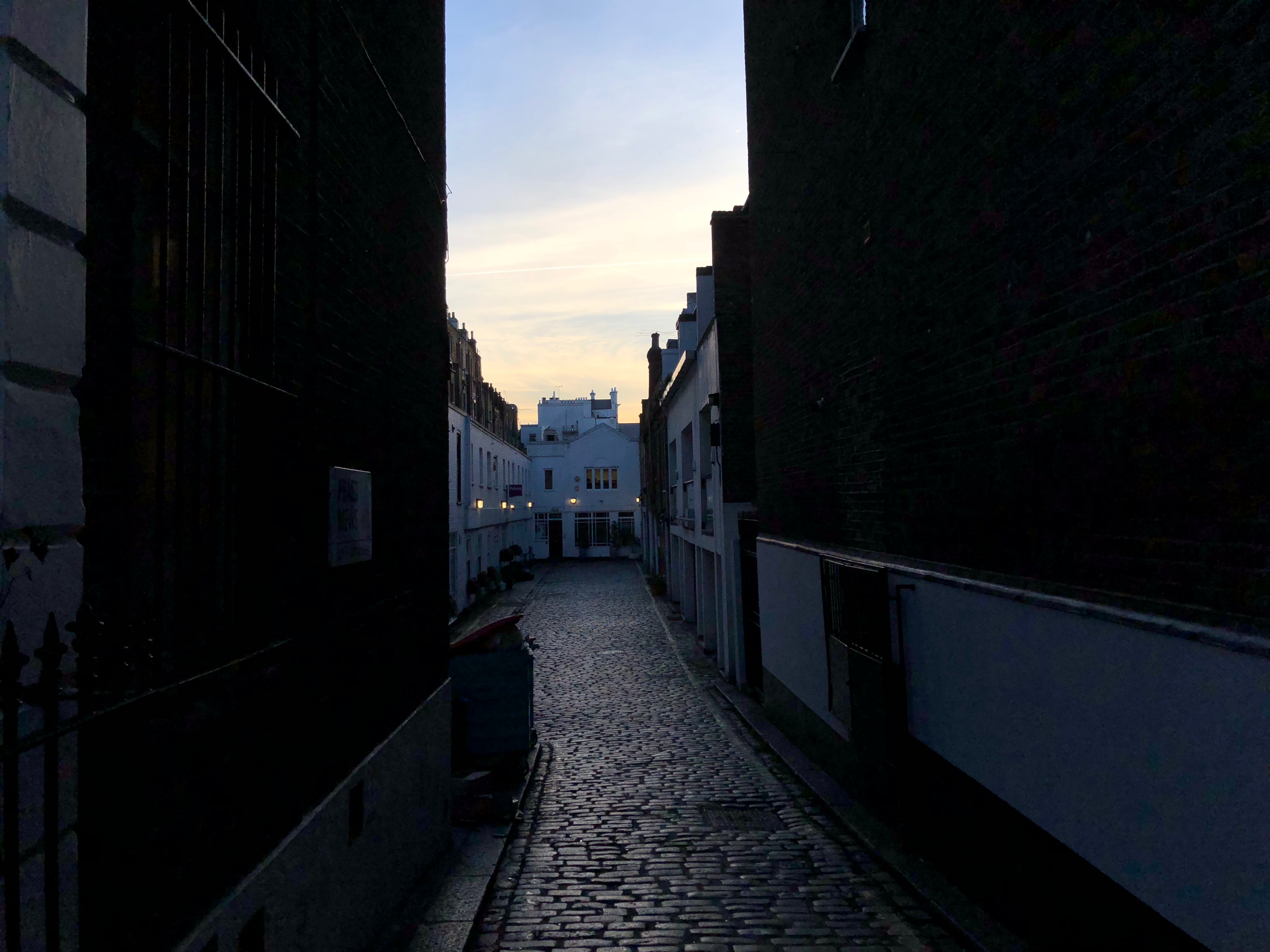
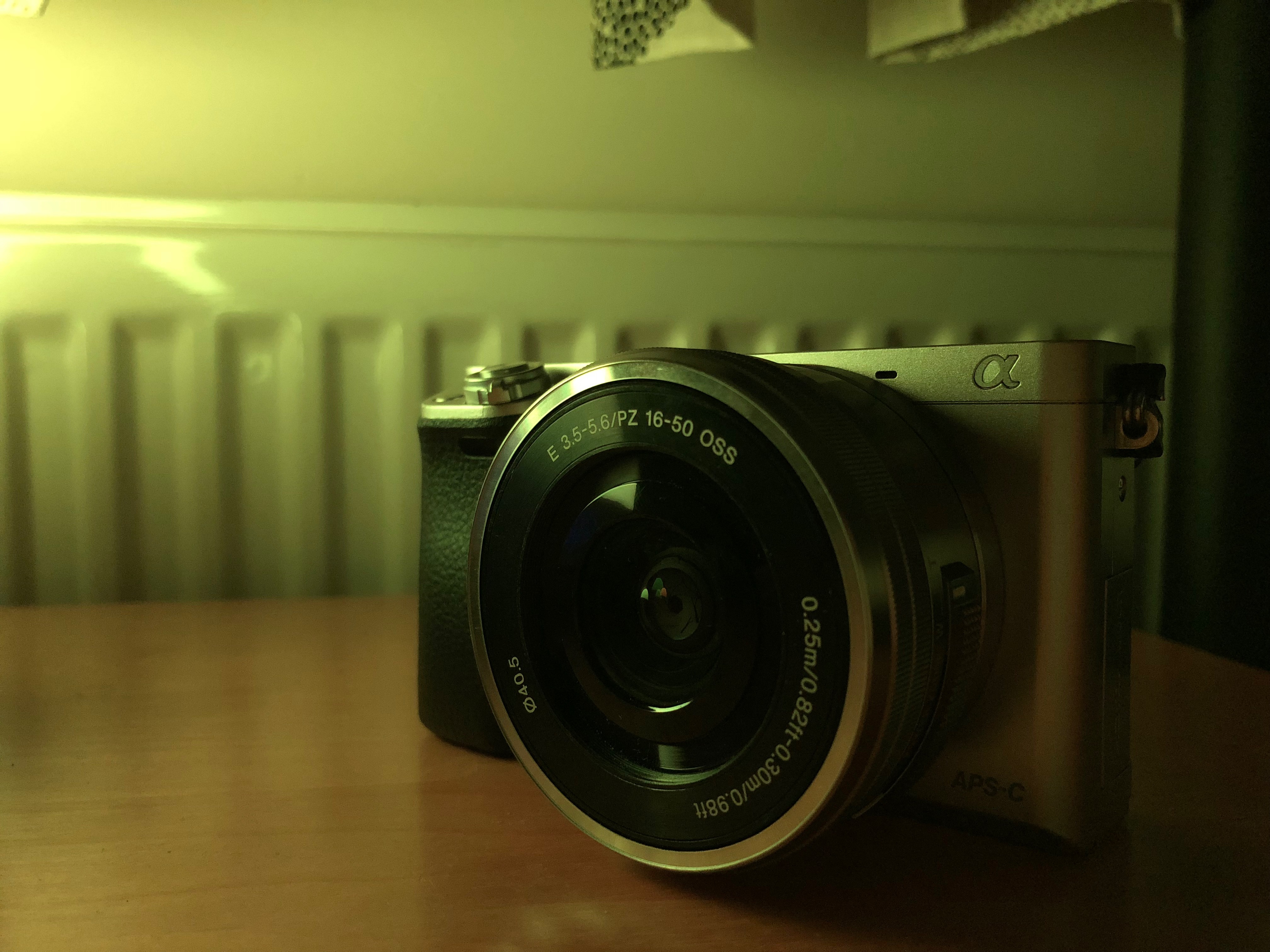
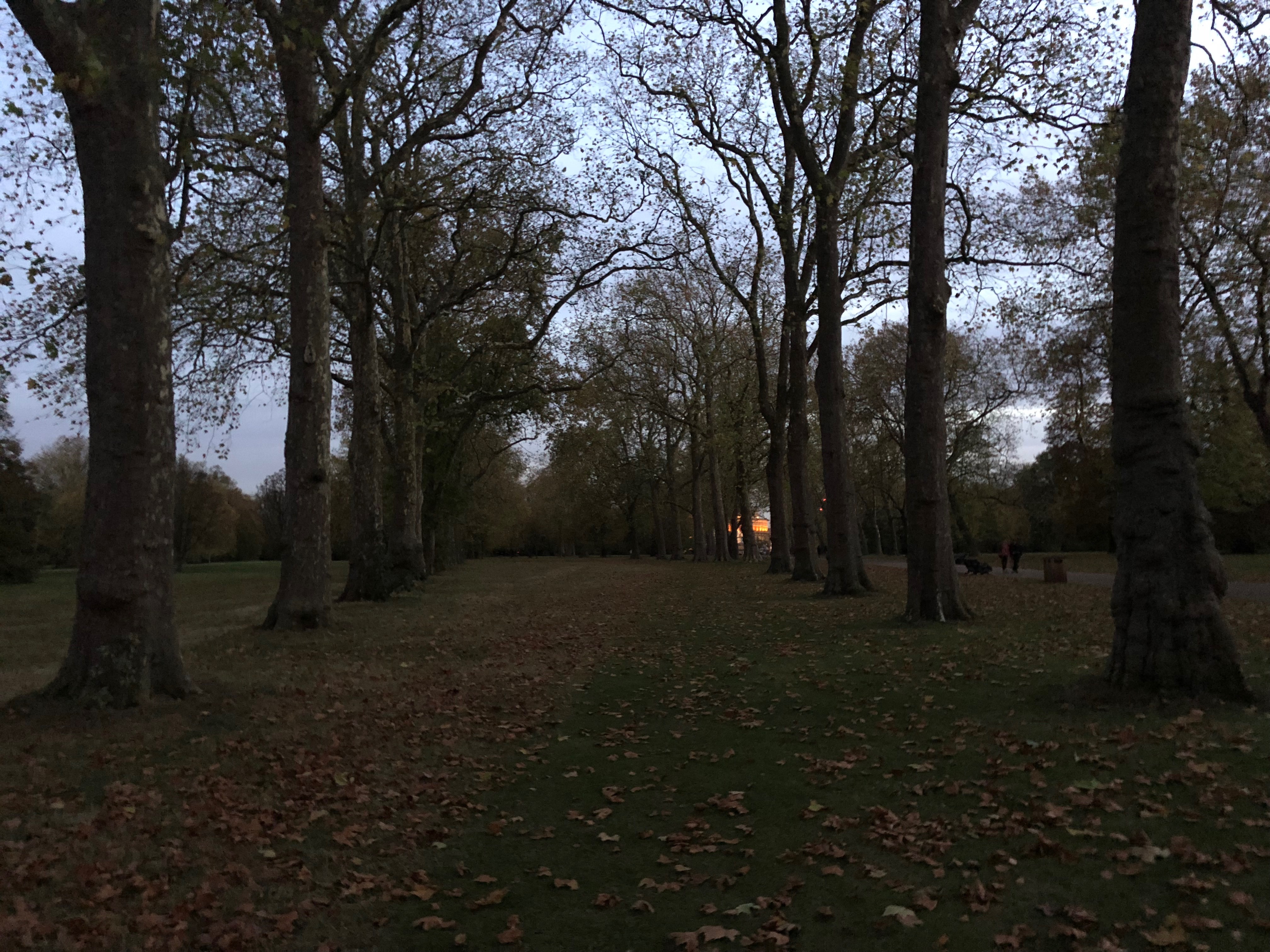
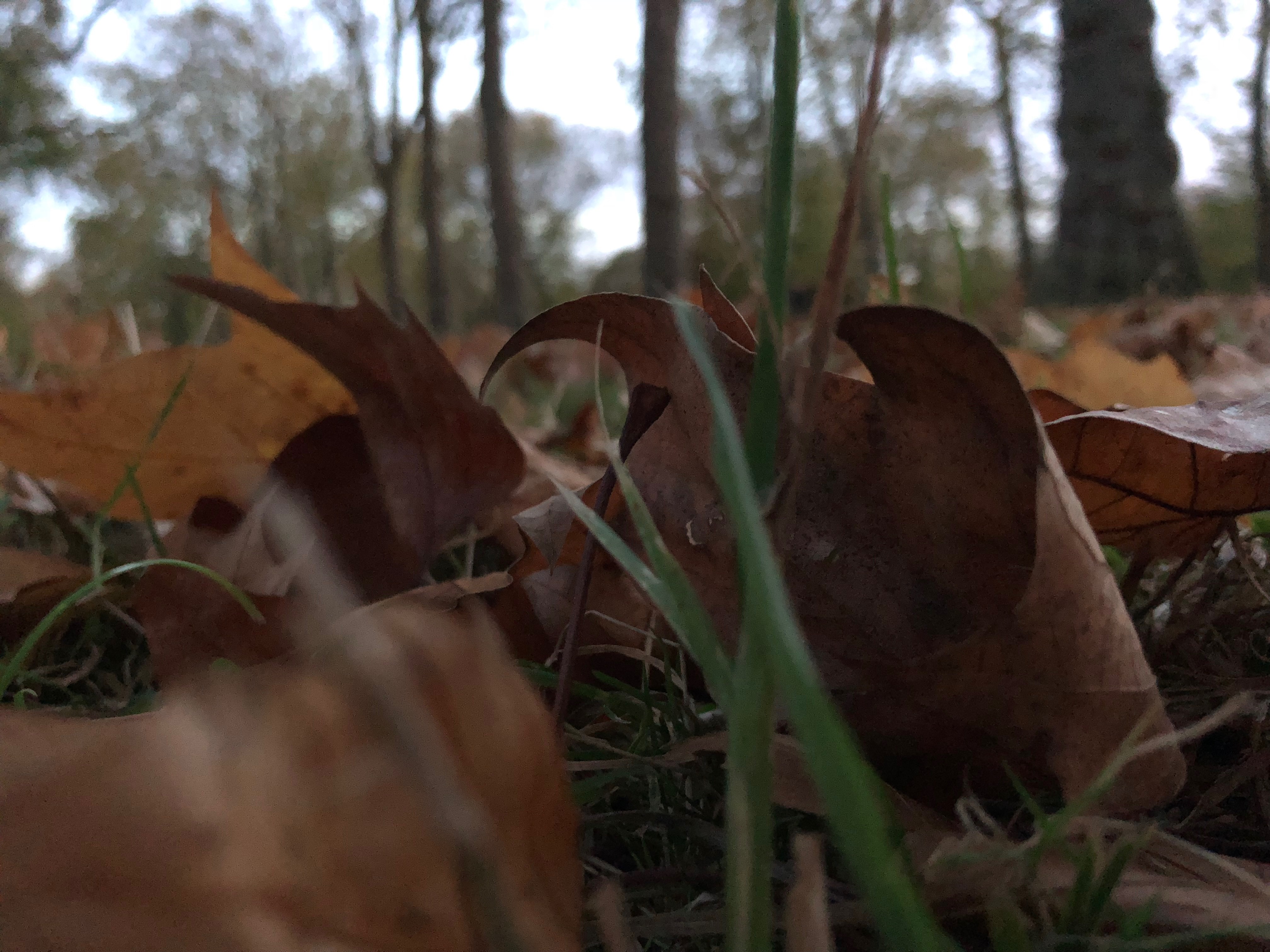


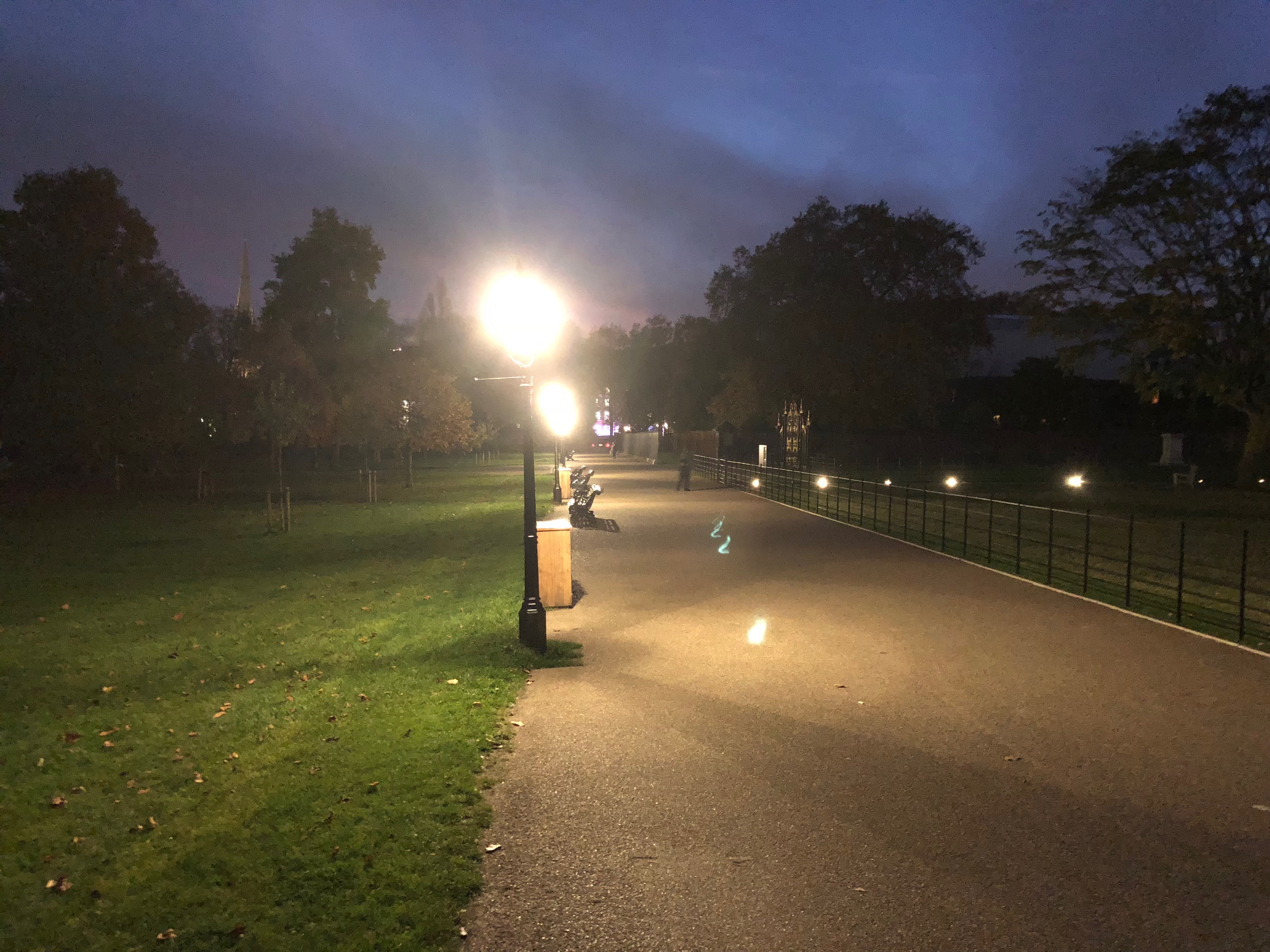
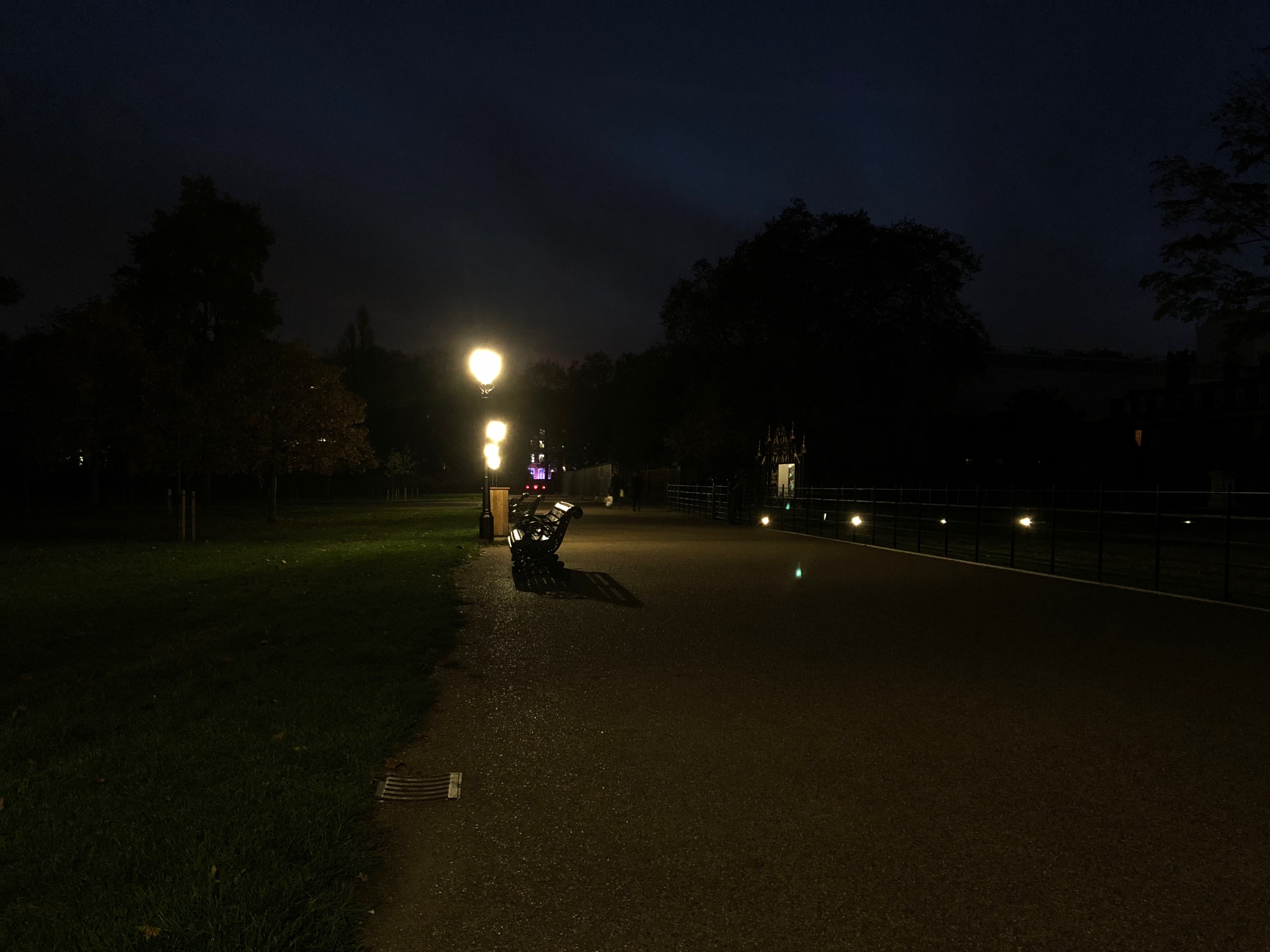
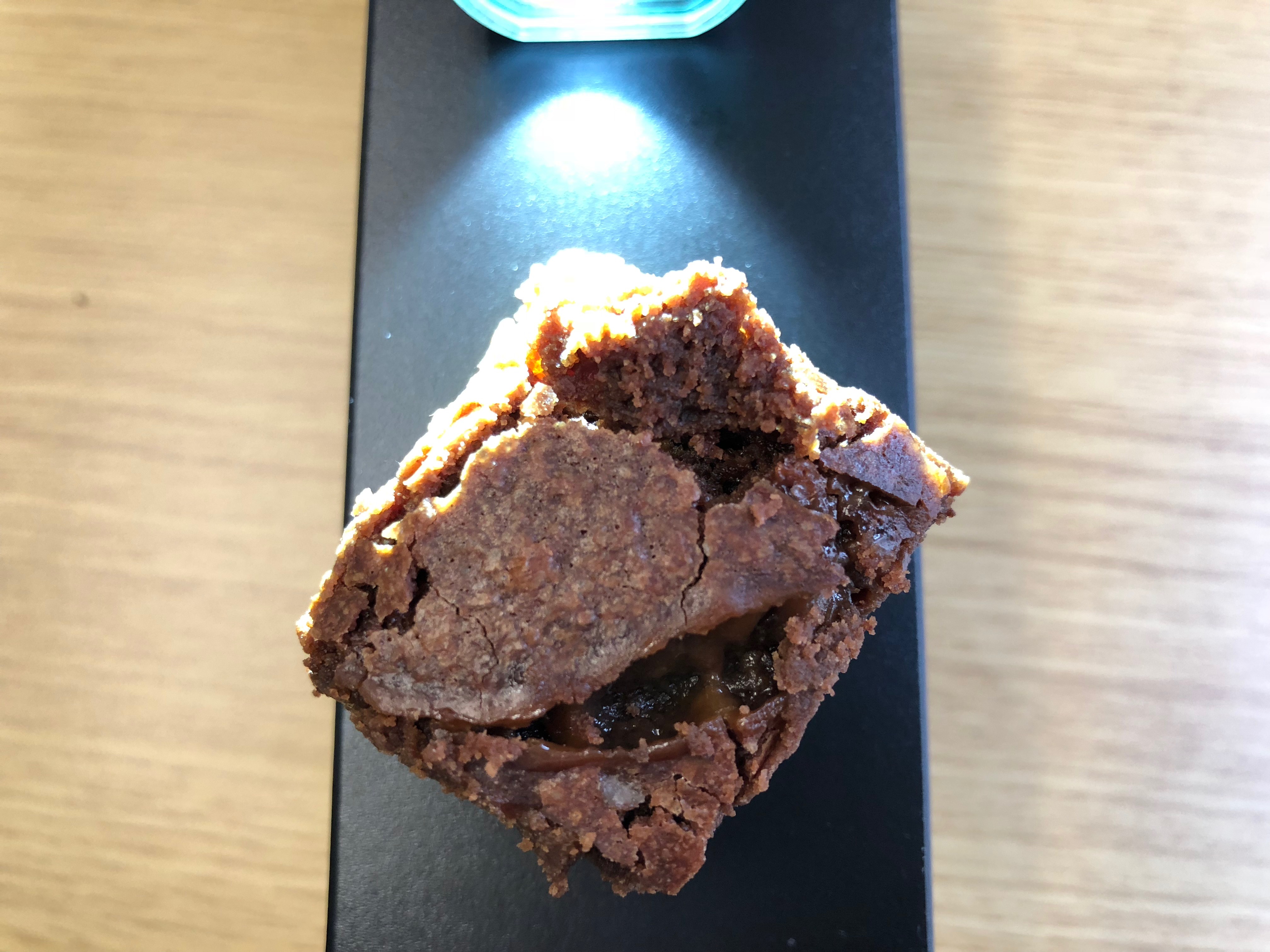
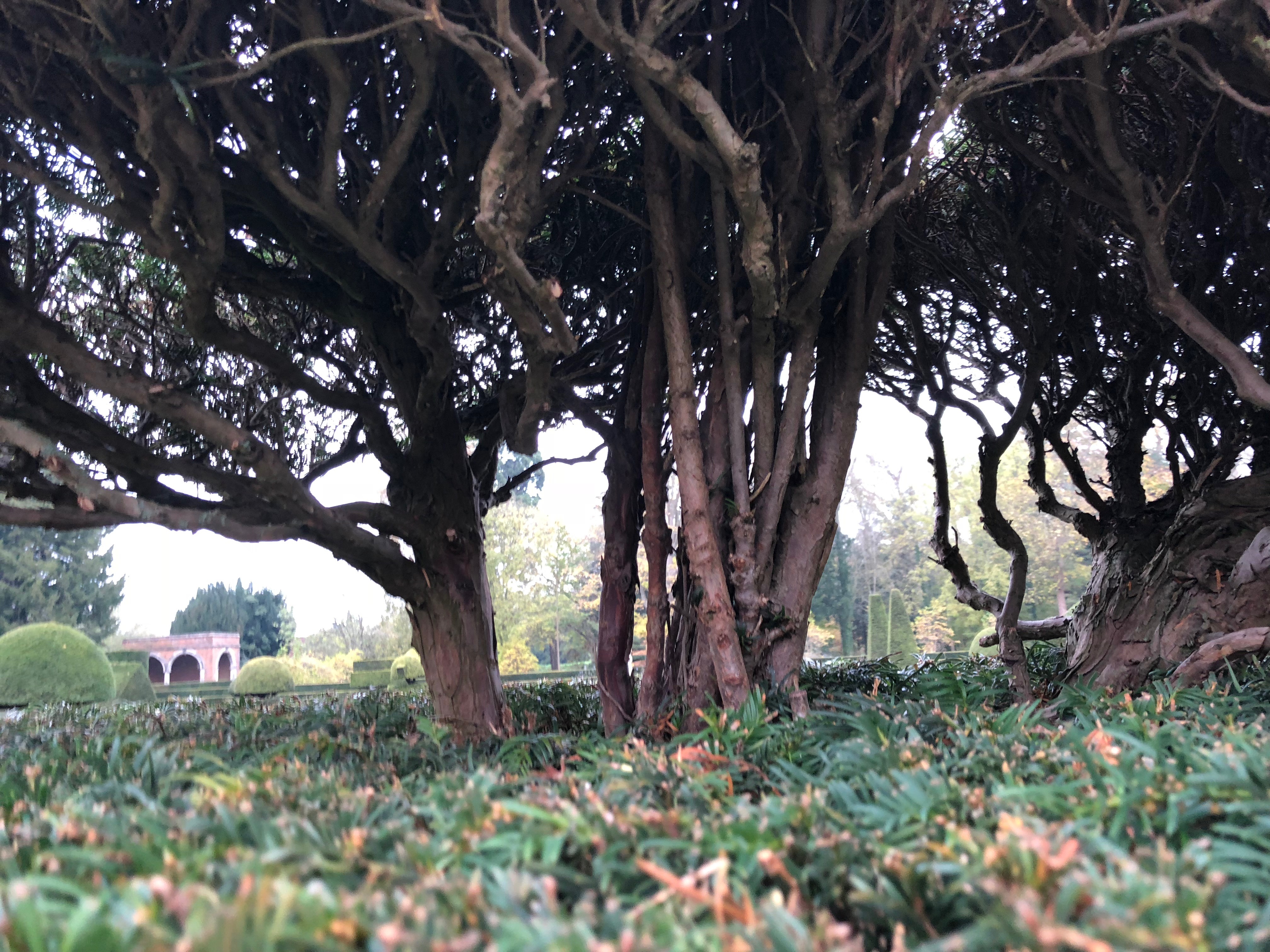
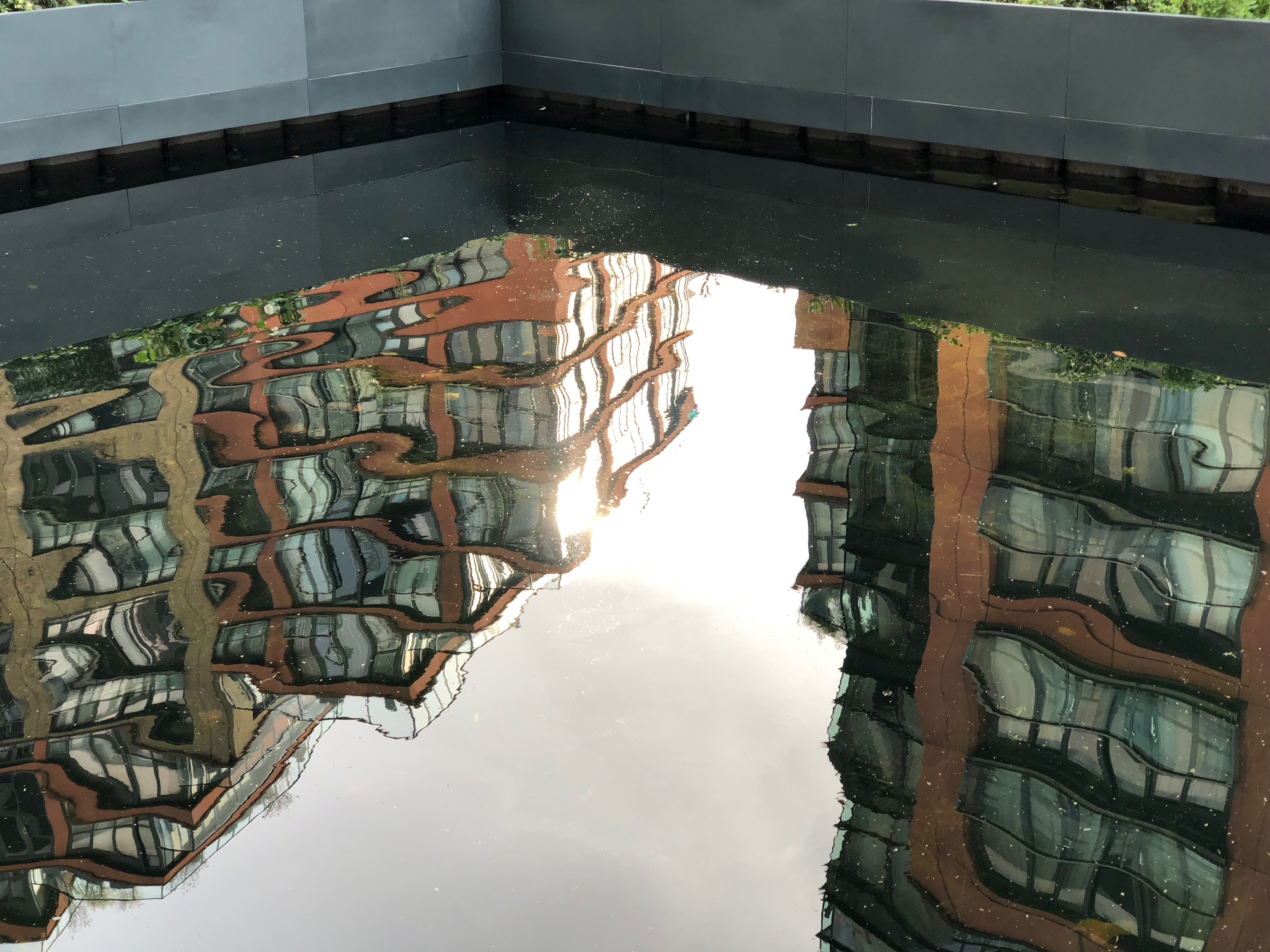
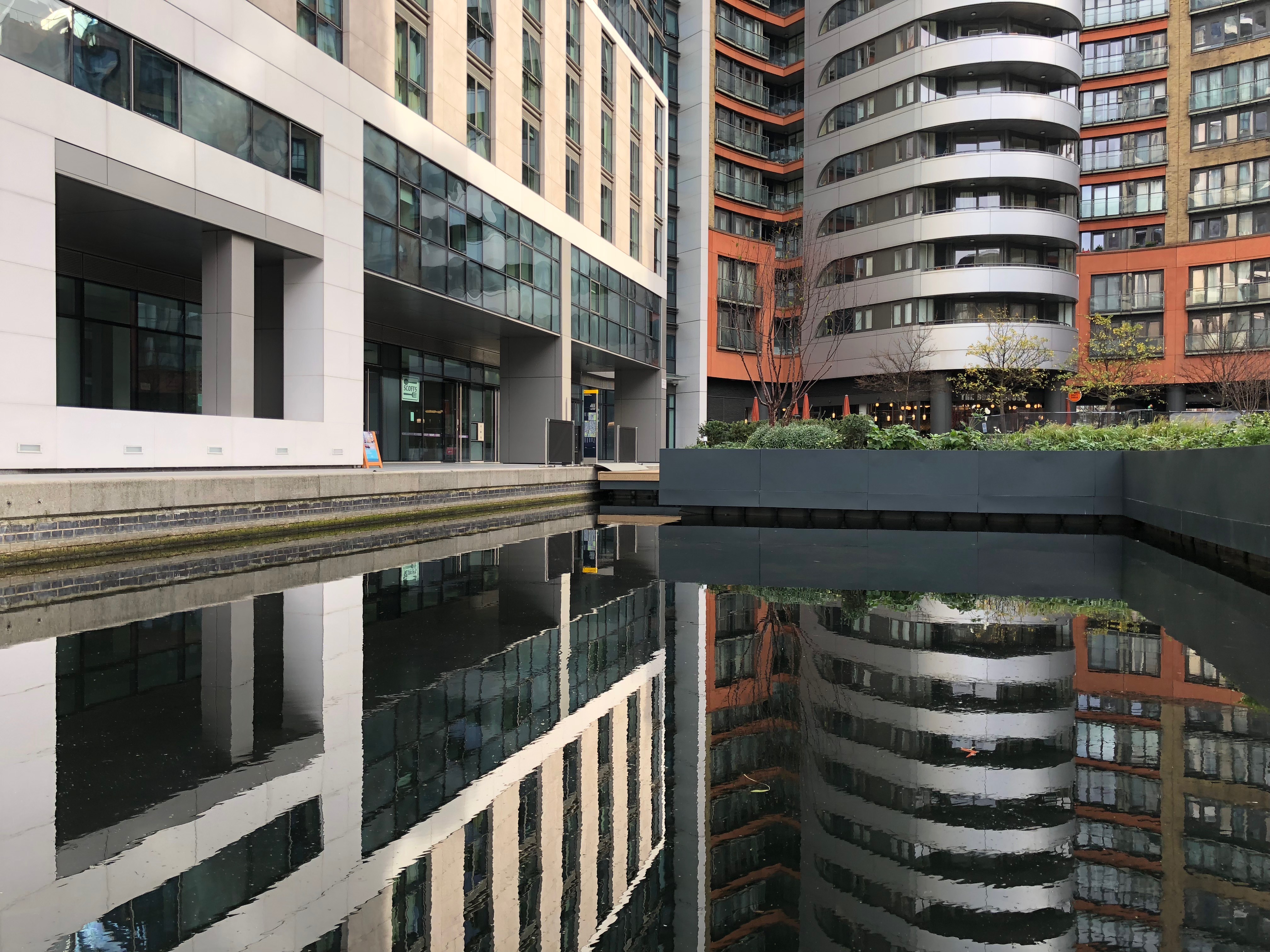

The rear Portrait mode is one of the better options on the market, but sometimes it doesn’t quite find the edge of items it’s trying to depth-sense – the Google Pixel 2 actually does it better with a single lens, although the effect on both is sensational when it works correctly.
It is worth pointing out that ‘standard’ iPhone pictures have a nice level of background blur automatically, with the focal length automatically finding a nice depth of field for whatever you’re trying to snap.




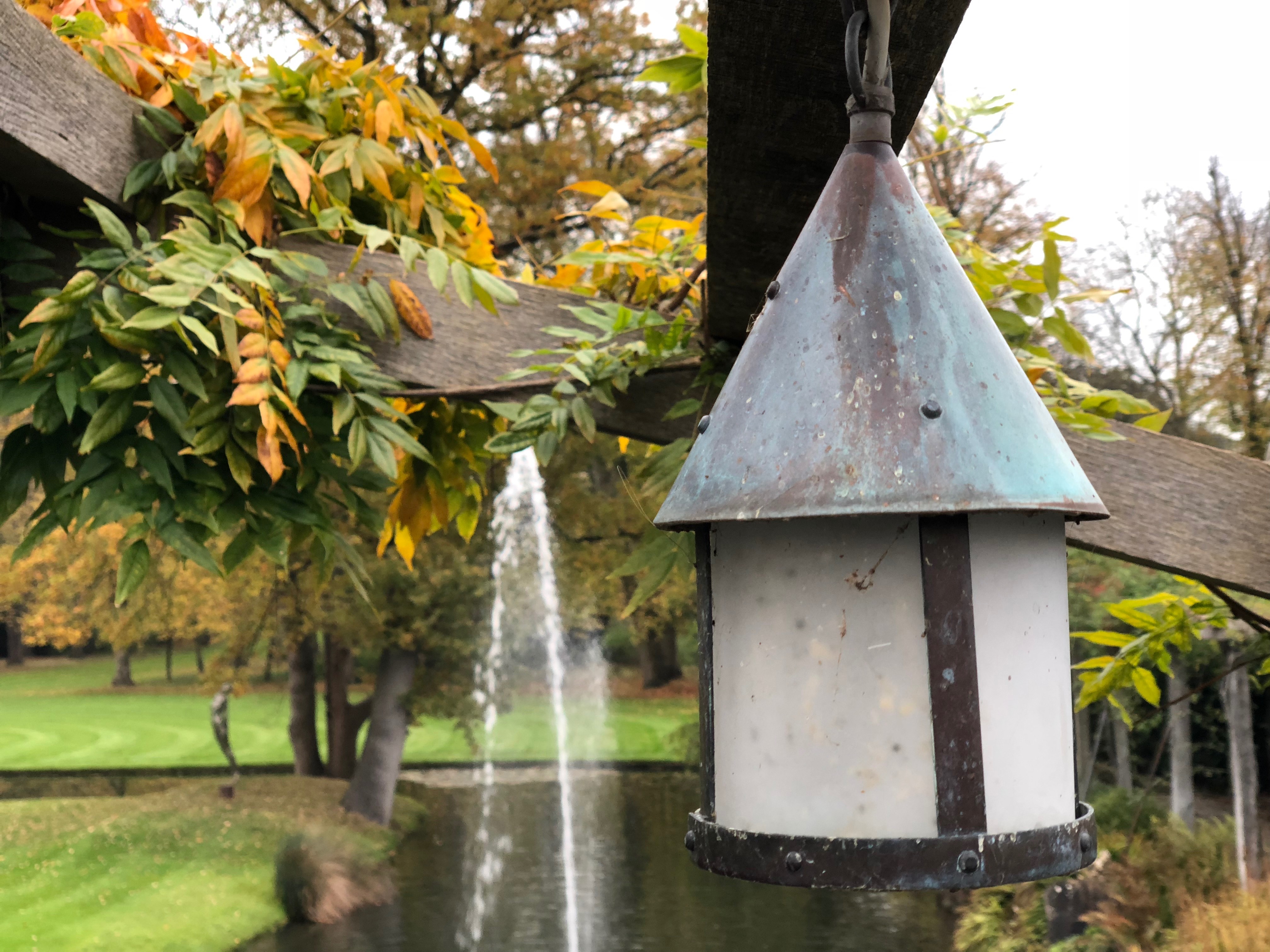
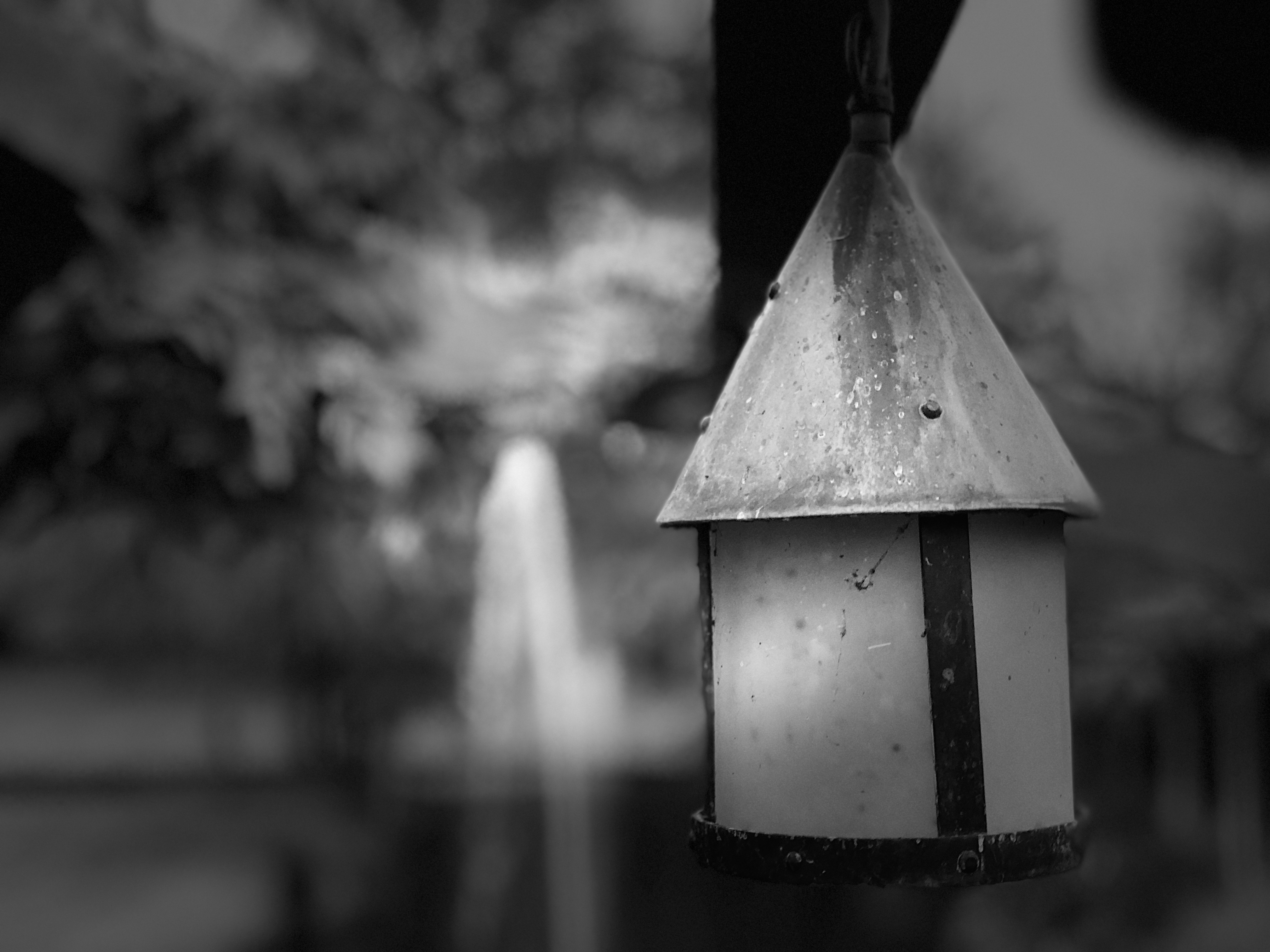
Video capabilities on the iPhone X are also among the best on the market, with the 4K recording at 60 frames per second delivering clear, fluid images, albeit images that will take up a fair bit of space on your device.
If you’re thinking of using the iPhone X as a videographer, you’ll probably want to go for the more expensive 256GB capacity option, as there’s no way to expand the storage here aside from relying on iCloud.

Gareth has been part of the consumer technology world in a career spanning three decades. He started life as a staff writer on the fledgling TechRadar, and has grew with the site (primarily as phones, tablets and wearables editor) until becoming Global Editor in Chief in 2018. Gareth has written over 4,000 articles for TechRadar, has contributed expert insight to a number of other publications, chaired panels on zeitgeist technologies, presented at the Gadget Show Live as well as representing the brand on TV and radio for multiple channels including Sky, BBC, ITV and Al-Jazeera. Passionate about fitness, he can bore anyone rigid about stress management, sleep tracking, heart rate variance as well as bemoaning something about the latest iPhone, Galaxy or OLED TV.
